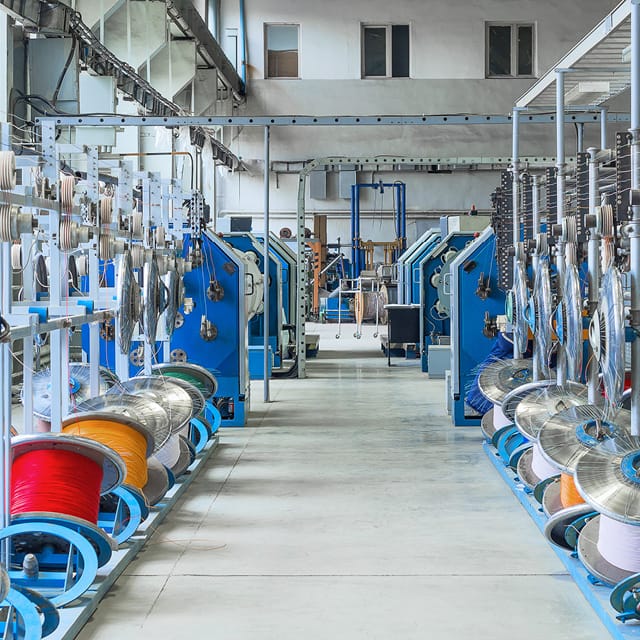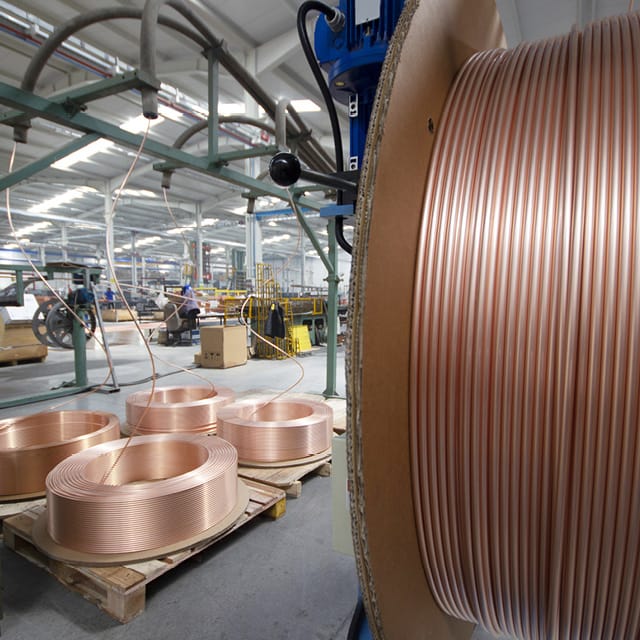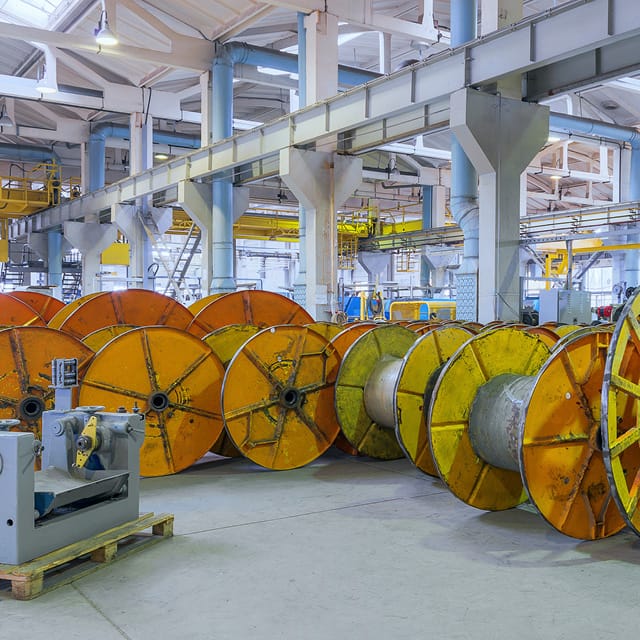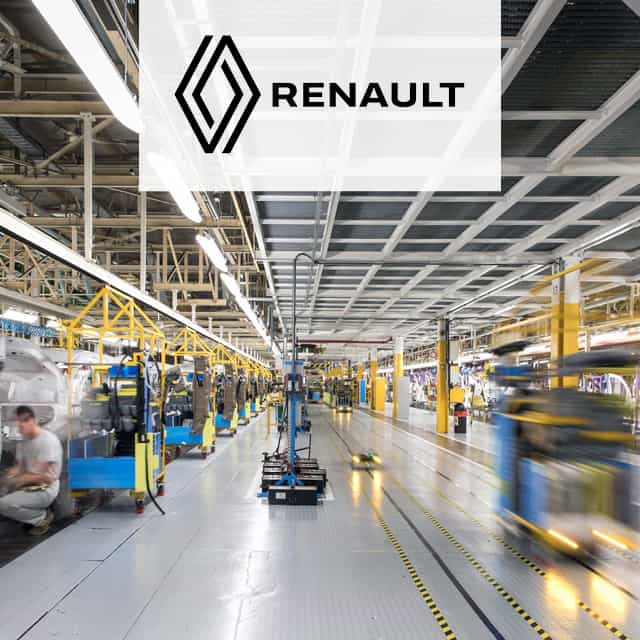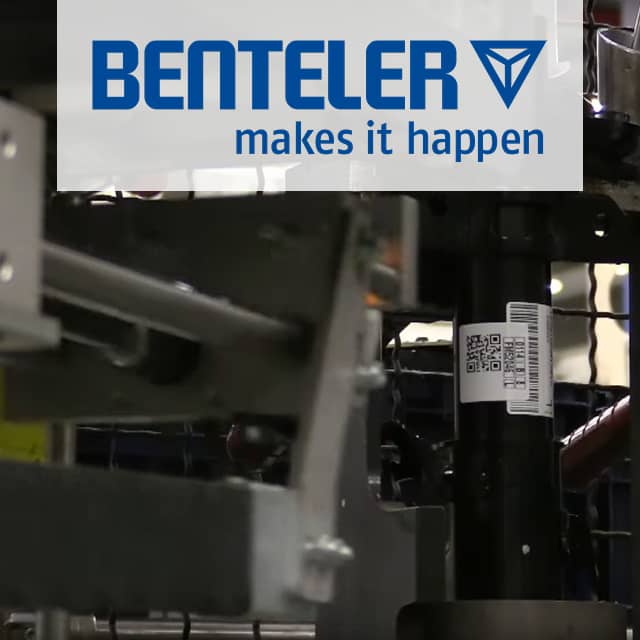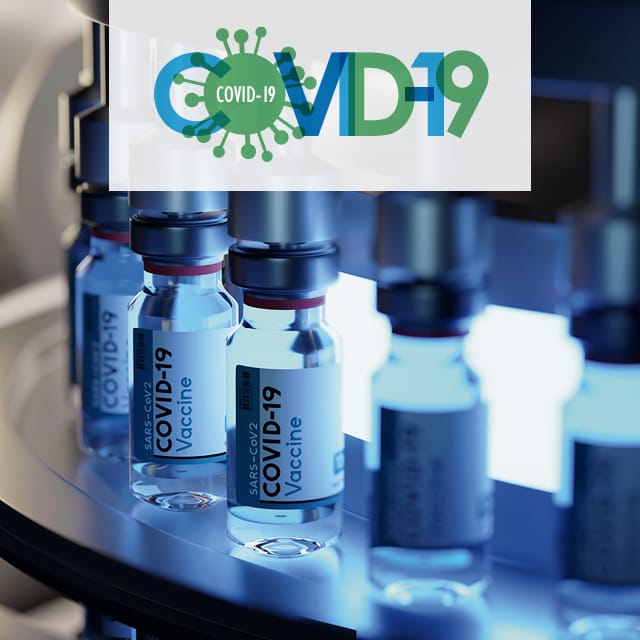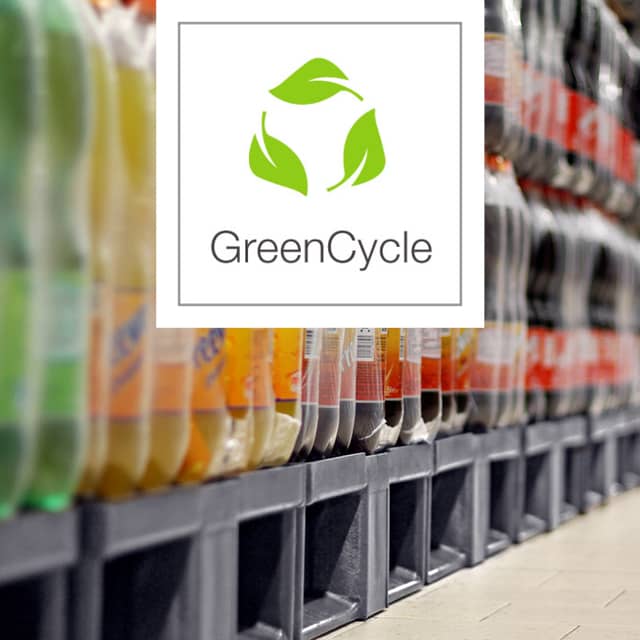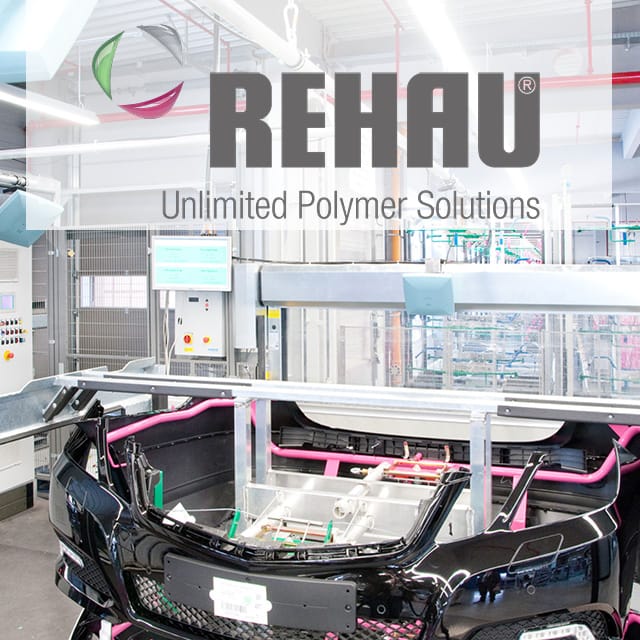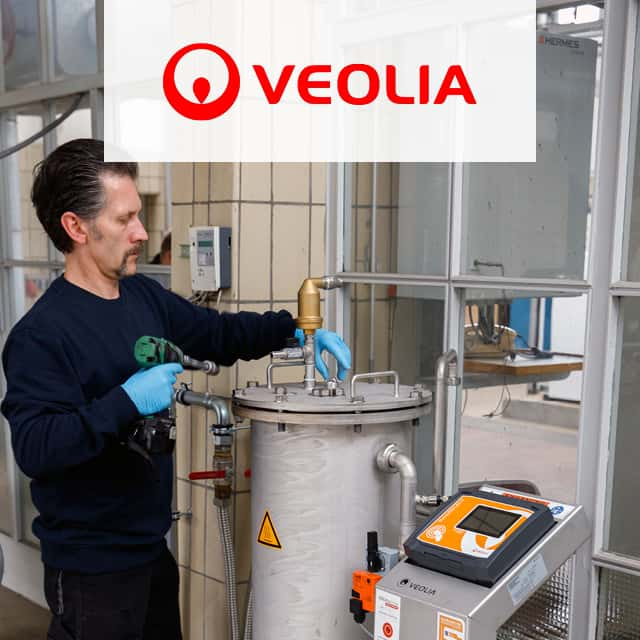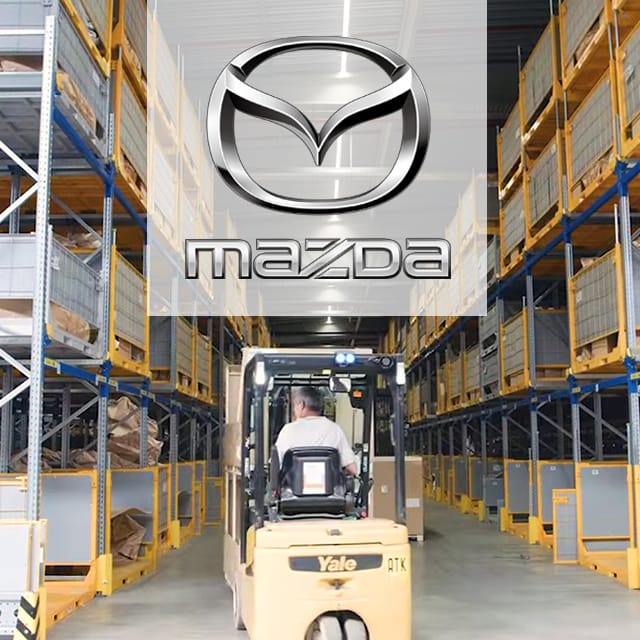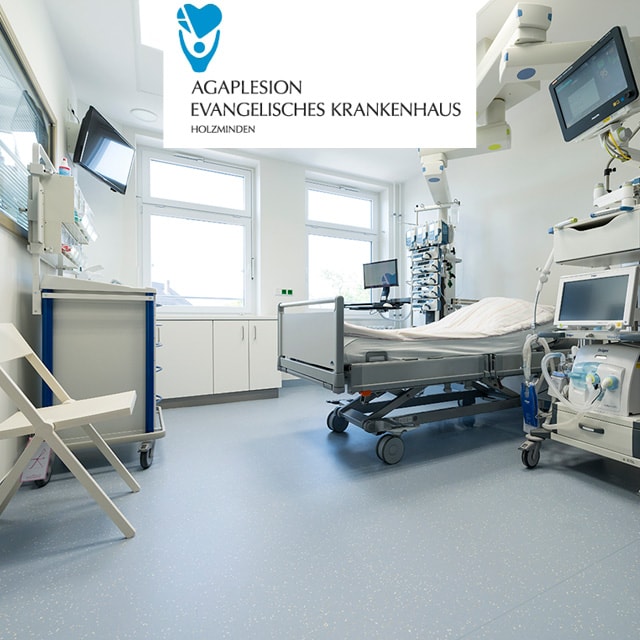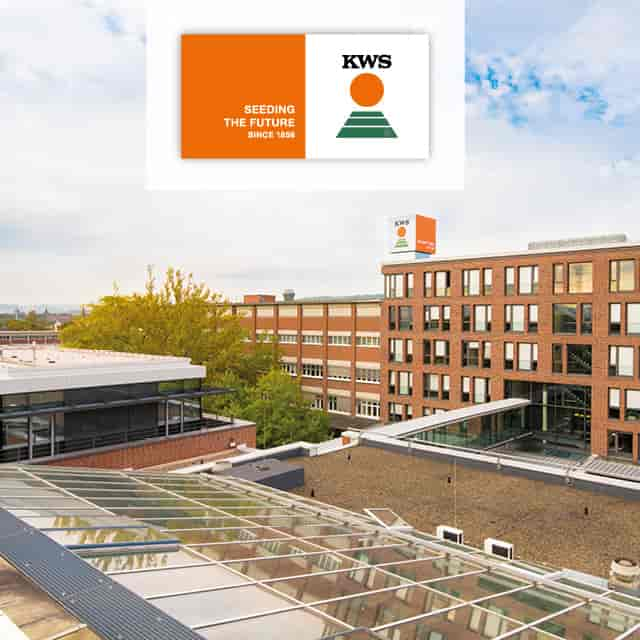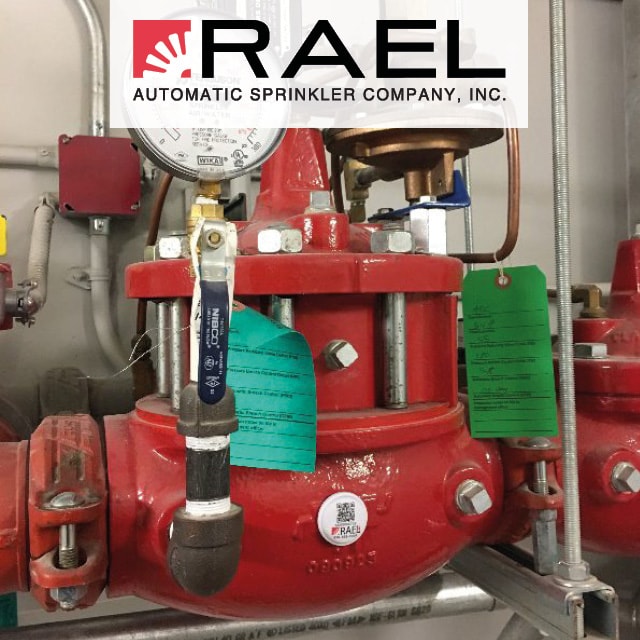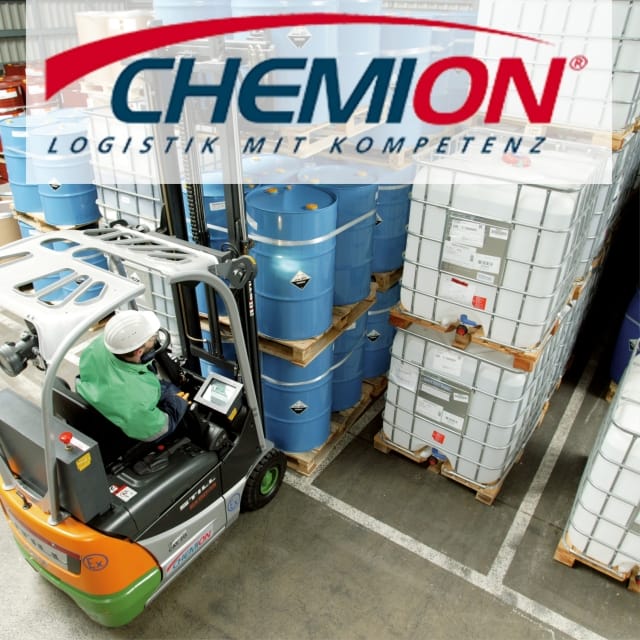
Cable Production Processes Seamlessly Monitored with RFID
In the Elsewedy Electric Group, the Cable Production Business Unit is directly responsible for more than 60 percent of annual sales.
In future, RFID technology will optimize processes in 26 factories and digitally capture process steps in four areas.
Elsewedy Electric is present in the Middle East and Africa with more than 30 production sites in 15 countries.
Process Requirements
Elsewedy Electric is one of the leading industrial companies in Africa and the Middle East. Countless different cables are manufactured at 30 locations. The raw material usage for this is gigantic. One of the main objectives of technology integration was to make production more transparent and, in particular, to uncover unnecessary costs and be able to make subsequent savings.
Many employees are not trained in the use of digital technologies. Comprehensive change management is required in parallel to technology integration. The planning and implementation of training and education is fundamental to the integration of new technologies.
Objective
- Automated incoming and outgoing material inspection in every production step
- Capturing of consumed raw materials Reduction of material waste
- Traceability of assembled materials
- Reduced effort in storage areas
- Digital documentation of quality controls
Solution
The decisive factor for the efficiency of the solution was the fact that production was divided into a total of four zones: raw material storage, production, quality control and finished goods storage. In order to develop a solution that was transferable to all locations, each production area was divided into these four defined zones.
In the design phase, it was decided that each zone would have an inbound and outbound inspection via RFID. In the first phase of the project, handhelds were used for tag coding and identification. In the current phase, a permanently installed reader infrastructure is being set up.
For all integration, 40 to 50 handhelds will be used on average per factory. Eight detection points per factory will be equipped with stationary RFID reading infrastructure. One detection point comprises a long-range UHF RFID reader and up to four connected antennas, depending on the process requirements.
Technology Partner
Hardware & Software
- Feig Electronic – UHF RFID Reader and Antennas, Cabeling
- Smartrac – UHF RFID Label
- Zebra Technologies – RFID Printer
Benefits
- Detailed capturing and documentation of raw material usage
- Seamless transitions between production steps
- Digitally documented quality controls
- Reduced picking times in the raw material and finished goods warehouse
- Implementation of digital traceability of produced cables at the individual component level
Outlook
- By 2020, the solution is to be rolled out at around ten production sites in the Middle East.
- The rollout of the RFID-based plug-and-play solution should be completed by the end of 2021.
Learn More
Questions? Get in contact with the editorial team!
Technologies
Application Fields


